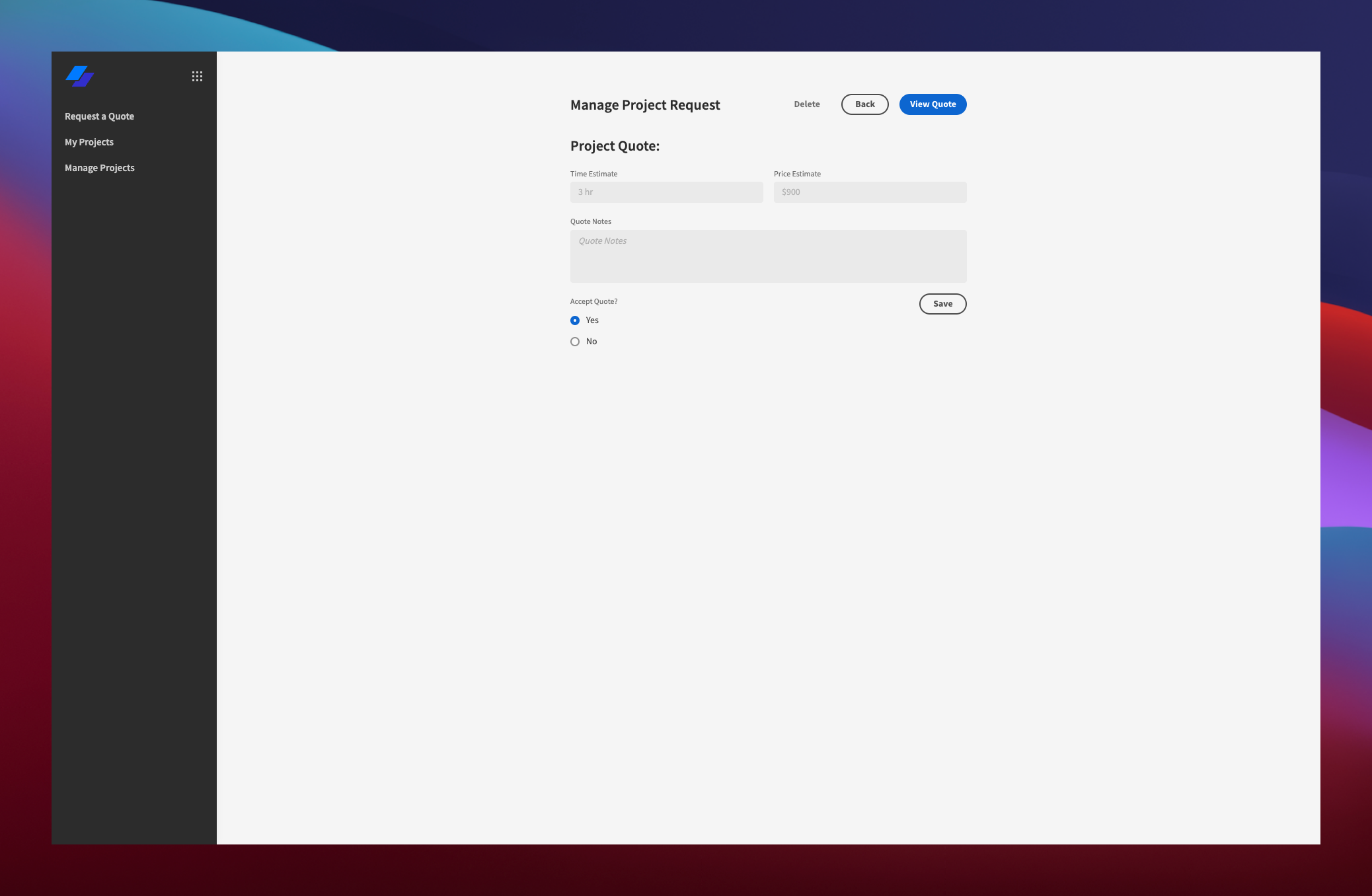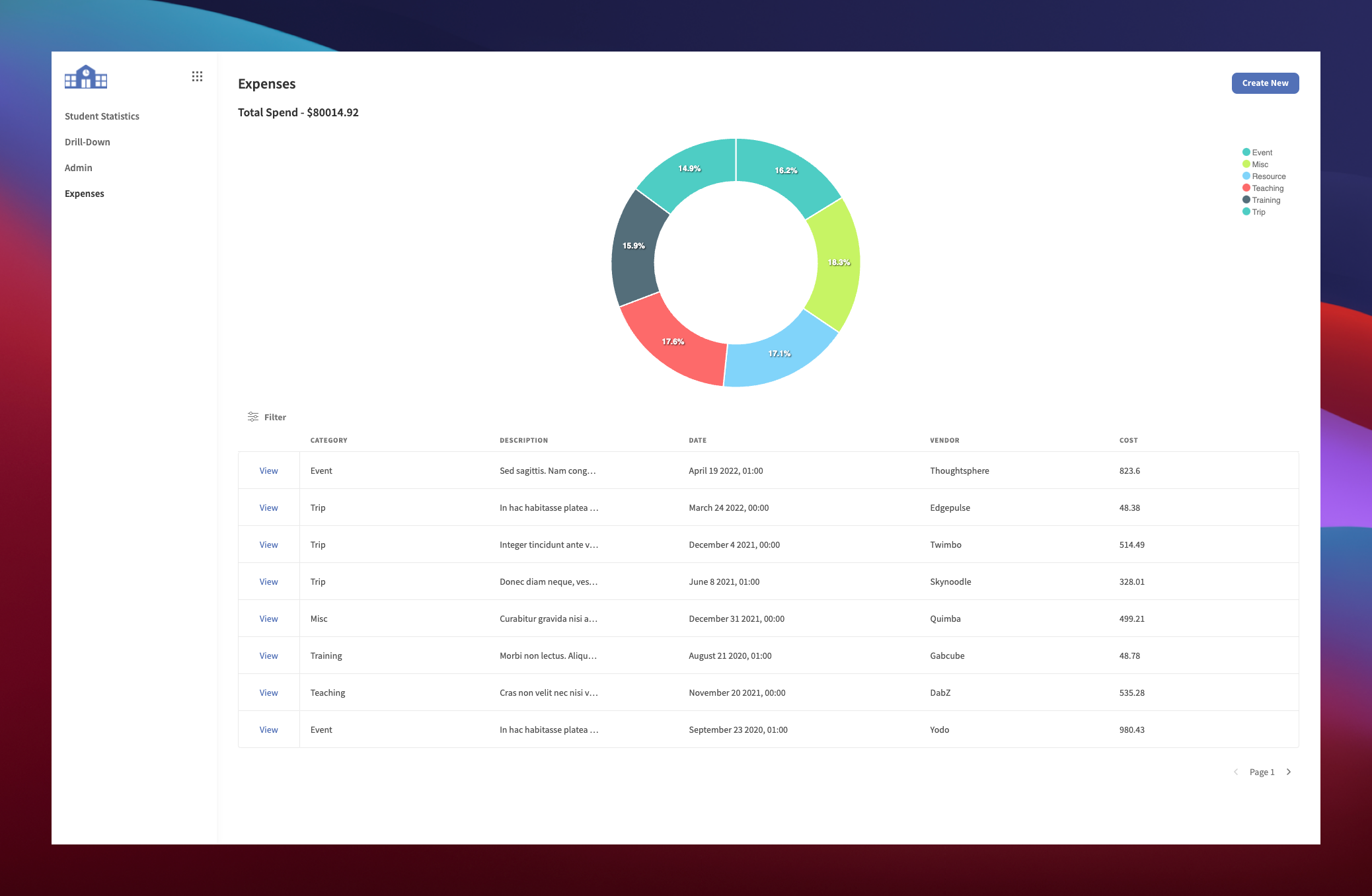Building a Process Improvement Plan using Low-Code Tools
Businesses face a more competitive environment than ever before. Often, efficient operations are the difference between success and closing your doors. Knowing how to create and implement an effective process improvement plan is critical.
It doesn’t matter if you run a massive enterprise or a skeleton-staffed startup. Streamlined, effective business processes are essential for maintaining profitability.
Inefficient processes lead to wastage, miscommunication, and unnecessary risk. The trouble is, these costs are relatively hidden. Unlike the costs of raw materials, staffing, or other expenditure, inefficient processes are hard to spot without careful attention.
This is when improvement planning comes in.
Today, we’re going to explore how the rise of low-code tools is changing the way businesses think about improvement planning.
But first, let’s start with the basics.
What is a process improvement plan?
As the name suggests, process improvement planning is all about figuring out how to make your operations more efficient.
More specifically, this means:
- Analyzing your current processes,
- Identifying weak points,
- Deciding where you’d like to be instead,
- Coming up with concrete steps to create more robust processes,
- Deciding how you’ll measure success.
Depending on your business model, a process can be just about anything. You might want to improve the way your team signs off on new projects, how you onboard new staff, or how you procure equipment.
The idea is the same for all kinds of processes.
Why do businesses create process improvement plans?
Time is money. For just about any business, employees’ salaries are one of the biggest operating costs. As such, you want to get the most out of every person in your team.
Inefficient processes are a guaranteed way to waste your employees’ time. This can come in the form of unnecessary meetings, avoidable mistakes, miscommunication, ineffective delegation, and poor resourcing.
For example, if responsibilities are unclear, you might have too many stakeholders weighing in on a simple approval process. If requirements aren’t communicated properly, colleagues might make mistakes, and have to redo entire pieces of work.
Businesses create process improvement plans to ensure that these hidden costs are minimized.
This means striving for:
- Enhanced efficiency,
- Improved productivity,
- Reduced wastage,
- Better coherence.
Check out our guide on how to streamline business processes .
What should an improvement plan include?
Of course, in the real world, changing processes can be tricky. Many businesses choose to live with inefficiencies because they might think the cost of removing them outweighs the benefit.
These costs might include new risks, staff training, procurement, or other disruptions. You might even encounter internal resistance to change, from team members who simply like the way things work now.
If your process improvement plan simply deals with how you’d like to do things better, it’s unlikely to stick. You’ll also need a concrete plan for overcoming these obstacles.

Image Credit: Kaleidico via Unsplash
Improvement planning in 6 steps
Luckily, improvement planning is actually a pretty simple process. The key is following reproducible steps, which ensure that all of the potential roadblocks to improvement are thoroughly addressed.
Here are the six steps involved in improvement planning.
1. Process mapping
The first step is mapping your current processes. Of course, it’s difficult to come up with opportunities for improvements, if you don’t have a clear picture of how your processes work currently.
The key here is breaking your processes down into granular tasks and subtasks.
One popular way to do this is by visualizing your processes. For example, you might use flow charts to map how your processes work. This includes the stakeholders, actions, and responsibilities involved at each stage of the process.
2. Analysis
Once you have a detailed map of your processes, you can begin to analyze them. Specifically, you’re looking for pinch points within your processes. That is, areas where work gets delayed, tasks get blocked, or miscommunications occur.
Process analysis really comes down to asking yourself a few key questions:
- Which tasks are creating delays?
- Where are resources being used ineffectively?
- Who needs to be involved at each stage of the process?
- Are any steps redundant?
- Which steps can be automated?
Essentially, this is a fact-finding exercise. After completing your analysis, you should have a tangible list of problems that you’d like to solve with your process improvement.
3. Redesigning processes
When you know the goals of your improvement plan, redesigning processes is easy. Once you know the pain points within your business processes, the next step is identifying how these can be overcome.
This means asking questions, including:
- How can we remove friction and increase speed?
- How can we simplify responsibilities?
- Can we clarify approval criteria?
- Which tools can we use to automate each stage of the process?
- What steps in our process can be removed, without impacting our goals?
At the redesign stage, it’s important to remember the core features of smooth and efficient processes. These include high levels of automation, clear responsibilities, robust paper trails, and transparent approval mechanisms.
Low-code tools are ideal for building these principles into business processes. We’ll take a look at how this works a little later.
4. Resourcing
Resourcing is critical when it comes to process transformation. This includes both tangible and intangible resources. Of course, this will vary from business to business, depending on the outcomes of your process redesign.
Most process improvement plans will require some combination of:
- Input from colleagues.
- Budgetary change.
- New technologies.
- Executive buy-in.
- Training.
- Technical support.
For example, you’ll likely need sign-off from management teams to change business processes. You’ll also want to involve on-the-ground colleagues in designing your new processes, to gain insight into real-world scenarios.
Finally, you’ll need to account for the costs and disruption which might come along with implementing new tools in your processes.
You might also like our guide to the best small business apps .
5. Change management
This is the area where most project improvement plans fail. Change management means planning how you’re going to implement your plan. As we mentioned earlier, there are many blockers to this.
One of the most common is poor internal adoption. That is when you create new processes, and your team doesn’t follow them.
There are two key reasons for this:
- Poor understanding of the need for change.
- Misunderstanding of the new process.
To successfully implement improved processes, you need buy-in at all levels of your business. The best way to convince stakeholders of the need for change is to involve them at all stages of your improvement planning process.
Adoption is directly tied to training. The better your team understands the ins and outs of your process, the more likely they are to follow it. When digitizing business processes, this means ensuring that each team member is fully able to use any new tools and systems.

Image credit: Jason Goodman via Unsplash
6. Monitoring, review, and continuous improvement
Finally, it’s time to measure the impact of your improvement plan. First of all, you’ll want to review what’s working and what isn’t. Have you managed to overcome the pinch points you identified earlier?
Have new roadblocks appeared?
It’s also crucial to think about how your process changes have impacted your outcomes.
Has productivity increased or declined? It’s no use having more streamlined processes if the quality of your work suffers.
Remember that process improvement isn’t a one-time thing. Instead, your goal should be a continuous, ongoing improvement.
Once you’ve created a large-scale process improvement plan, it’s relatively simple to implement smaller optimizations going forward.
This is even easier if you’ve used flexible, scalable tools to digitize your business processes. Take a look at our in-depth guide to process innovation to learn more.
Low-code for process improvement planning
Low-code development tools are changing the way businesses build robust, efficient processes. Software has always been at the heart of process optimization. However, traditional development presents huge cost barriers.
Off-the-shelf tools are unlikely to be suitable for your unique business needs.
Historically, this has prevented businesses from conducting process improvements.
The rise of low-code platforms like Budibase is changing this forever. With low-code development, it’s fast, easy, and cost-effective to build fully tailored tools for improving business processes.
Here’s how.
Discrete tools
Discrete tools are used to solve a specific pain point within your business processes. These are apps that are built for a dedicated function, often at a single point in your workflows.
For example, many businesses waste large amounts of time tracking employee expenses. Here, you might use invoice approval software , to eliminate the need for manual reviews, meetings, and document sharing.

However, a suitable off-the-shelf tool might not exist, and the specific functionality you need might not justify the cost of a traditional custom build.
Low-code development eliminates these barriers. Instead of settling for an off-the-shelf tool, or paying excessive custom development fees, simply create discrete apps, as and when you need them.
End-to-end solutions
Low-code tools can also be used to create end-to-end solutions. Where discrete apps only cover specific parts of your business processes, end-to-end solutions deal with the process in its entirety.
An example of this might be an agency client portal , which allows your business to manage all aspects of the project delivery process, in a single platform.
This could include requirements gathering, project sign-off, communications, delivery, and billing.
Again, low-code platforms offer greater adherence to your internal processes than off-the-shelf tools, at a fraction of the cost of traditional custom developments.

Process automation
Automation is the key to efficient internal processes. Automating manual admin tasks is an easy way to cut operating costs. For example, in an approval app , you might set automation rules to OK transactions under a threshold amount, or from trusted partners.
Automation can also be used to simplify communications within business processes. When one stage of the process is completed, trigger automated emails to notify relevant parties to take action.
This eliminates the need for most manual communications.
Low-code tools like Budibase take the legwork out of automating manual processes. Create highly effective, automated workflows, without the need for a single line of code.
How to build low-code tools into your process improvement plans
Every stage of your process improvement plan will benefit from low-code technology. From initial planning to implementation and review, Budibase is the smart choice for improving all kinds of business processes.
Mapping and analysis
Mapping and analyzing your processes requires detailed planning and information gathering. Unfortunately, this is a time-consuming process in itself. Budibase is the smart way to build tools for outlining, planning, and analyzing your processes.
As we mentioned earlier, stakeholder engagement is crucial at all stages of your plan.
Our digital forms are a simple and easy way to gather information and feedback from team members, across your organization. Check out our project approval system template , for inspiration on how to kick off your process improvement efforts.
Once you’ve gathered feedback on your current processes, you can use our range of charts and formula variables to analyze, visualize, and collate results.

Redesigning processes
Low-code development is the ideal solution for redesigning processes. With Budibase, it’s never been easier to automate key admin tasks. Use any in-app action to trigger our library of automations, or use our JavaScript editor to create custom functionality.
With a range of third-party integrations , it’s easy to trigger automations in external tools.
Use low-code tools to digitize processes, at a fraction of the cost. Quickly build, test, and deploy prototypes, to create effective tools, without excessive sunk costs.
With Budibase, it’s easy to tweak and perfect your tools, without lengthy lead times, or expensive custom developments.
Resourcing
When it comes to resourcing process improvements, low-code tools have completely shifted the cost-benefit calculation. Digitizing business processes used to be costly, disruptive, and time-consuming.
With Budibase, you can make fully functional custom tools, in minutes. Say goodbye to expensive custom developments. With our open-source, low-code platform, securing resources for your process improvement plan is a non-issue.
Check out our pricing page for more information.
Change management
As we know, internal adoption is crucial for new business processes. When adding new tools to your processes, usability is key. In other words, you need to give your team tools they’ll actually want to use.
With Budibase, it’s easy to create intuitive and effective UIs. Our simple design tools and customizable app themes offer fully incredible user experiences, with minimal design skills.
We also offer responsive design and role-based access control across all Budibase tools. Maximize adoption by giving your team the exact features and data they need, no matter where they are.
Continuous improvement
Budibase tools are ready to scale. The truth is, process improvement is an ongoing task. You can always do things better. Low-code development is perfect for continuous process improvement.
Tweak and perfect your tools, or add new features, without the need for excessive downtime.
Use real-world feedback to ensure your internal processes are as smooth and efficient as possible.
As your processes grow and change over time, Budibase is ready to evolve with them. Create new automation rules, or add new integrations as your software stack develops.
Build better processes with Budibase
Budibase is the perfect platform for creating process improvement plans. With our open-source, low-code platform, we’re changing the way businesses build custom workflow tools.
Low-code development is revolutionizing the way organizations optimize and streamline their processes.
Budibase is the smart way to build efficient, highly automated workflows. Here’s everything you need to know about our low-code platform .